Help
Community21 has selected some case study communities and projects to share across the network to inspire and inform others. Should we be featuring yours? If so get in touch.
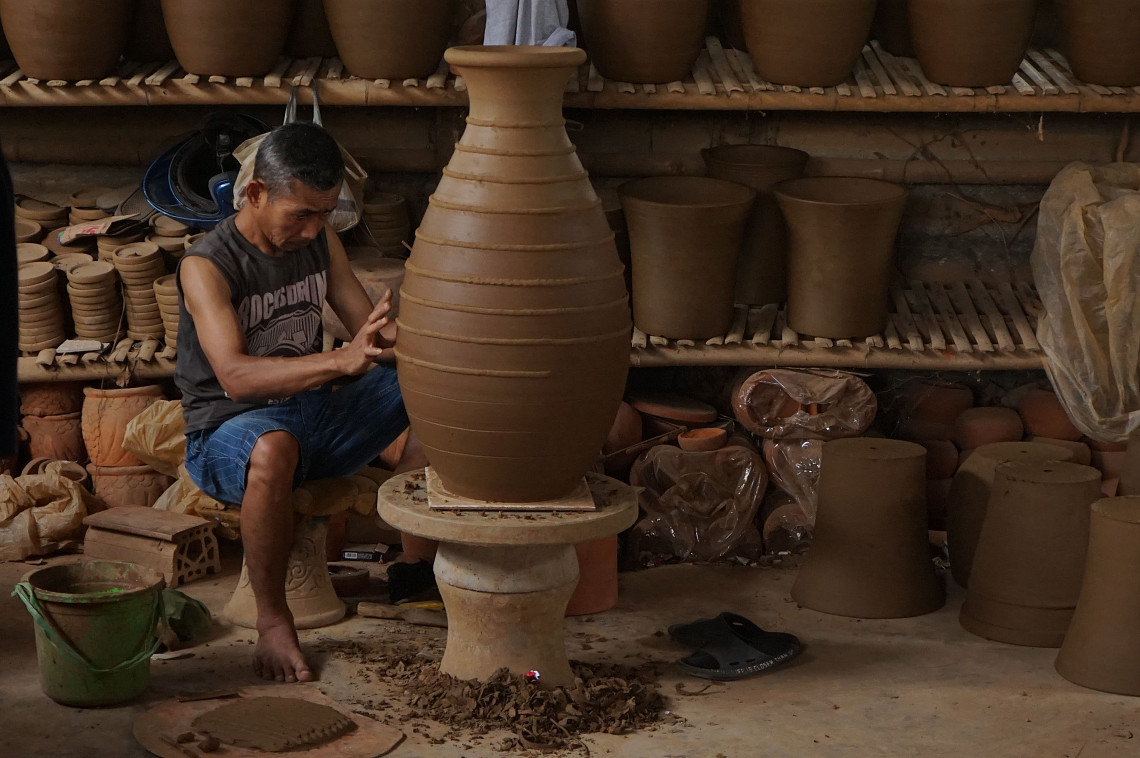
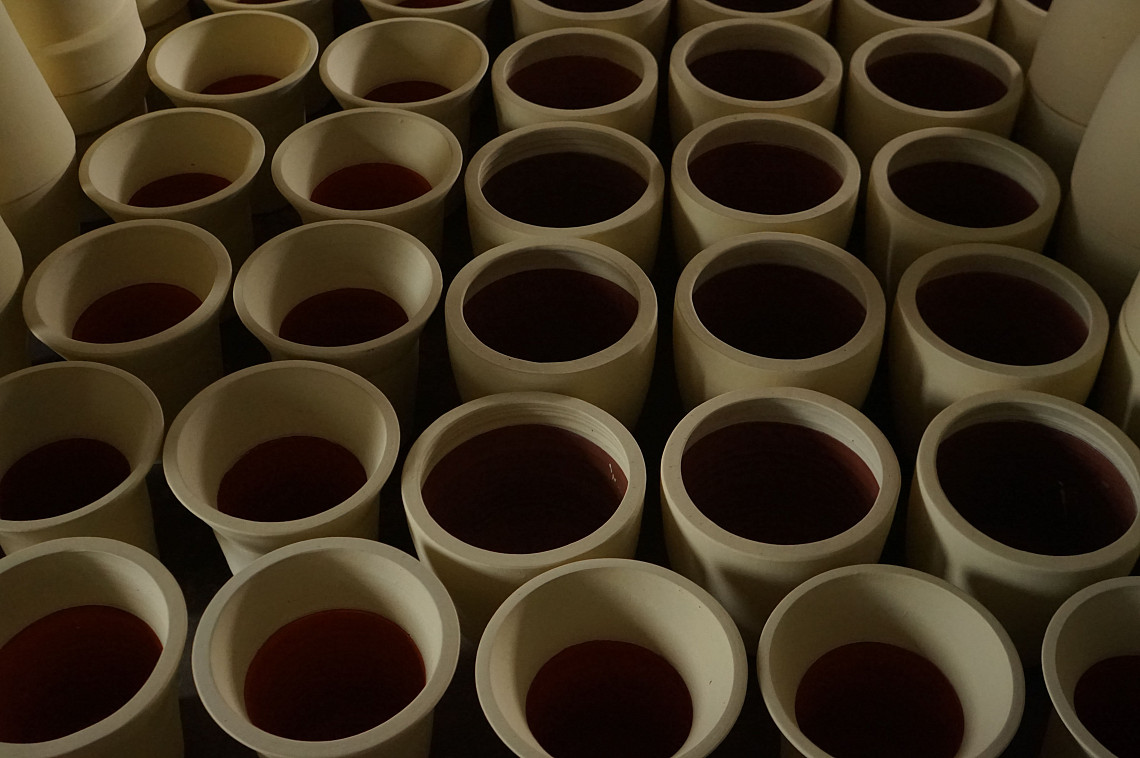
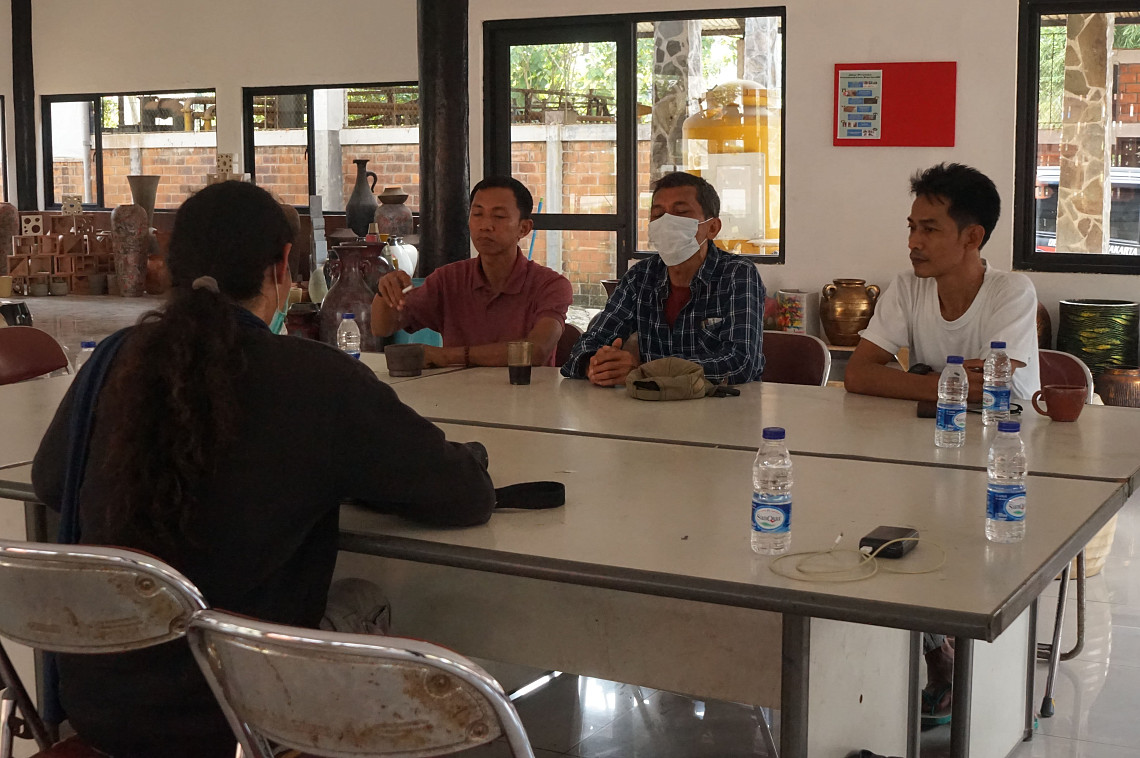
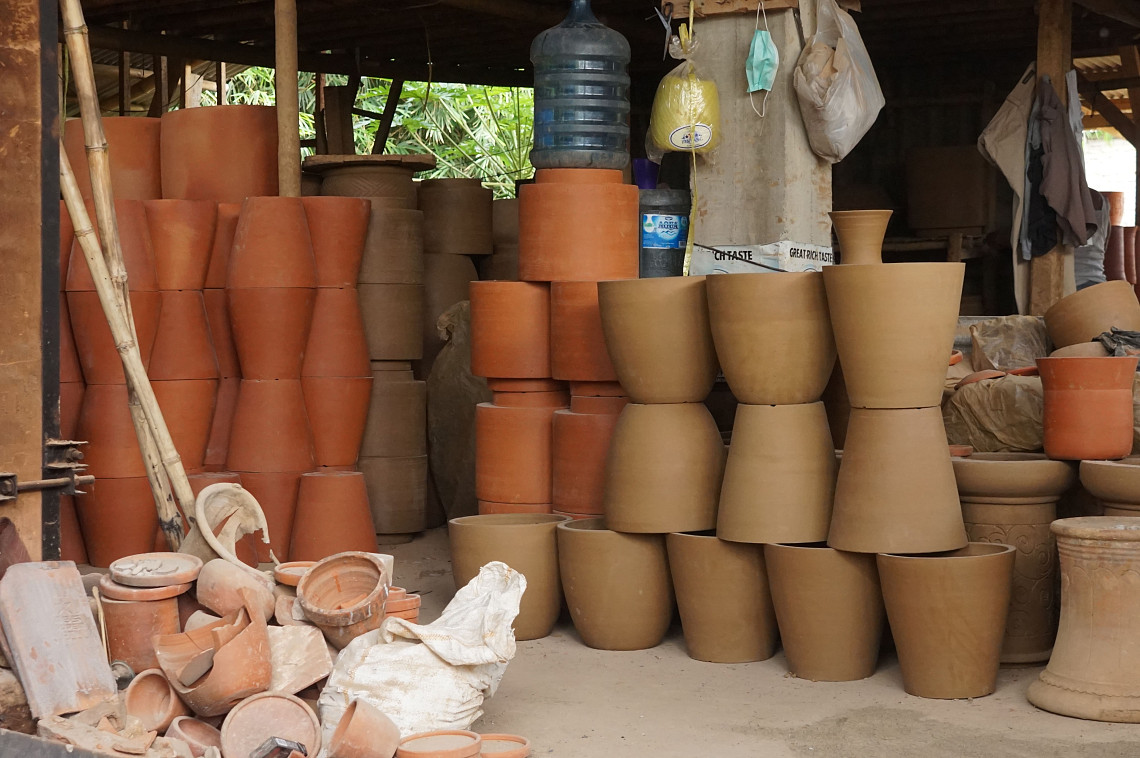
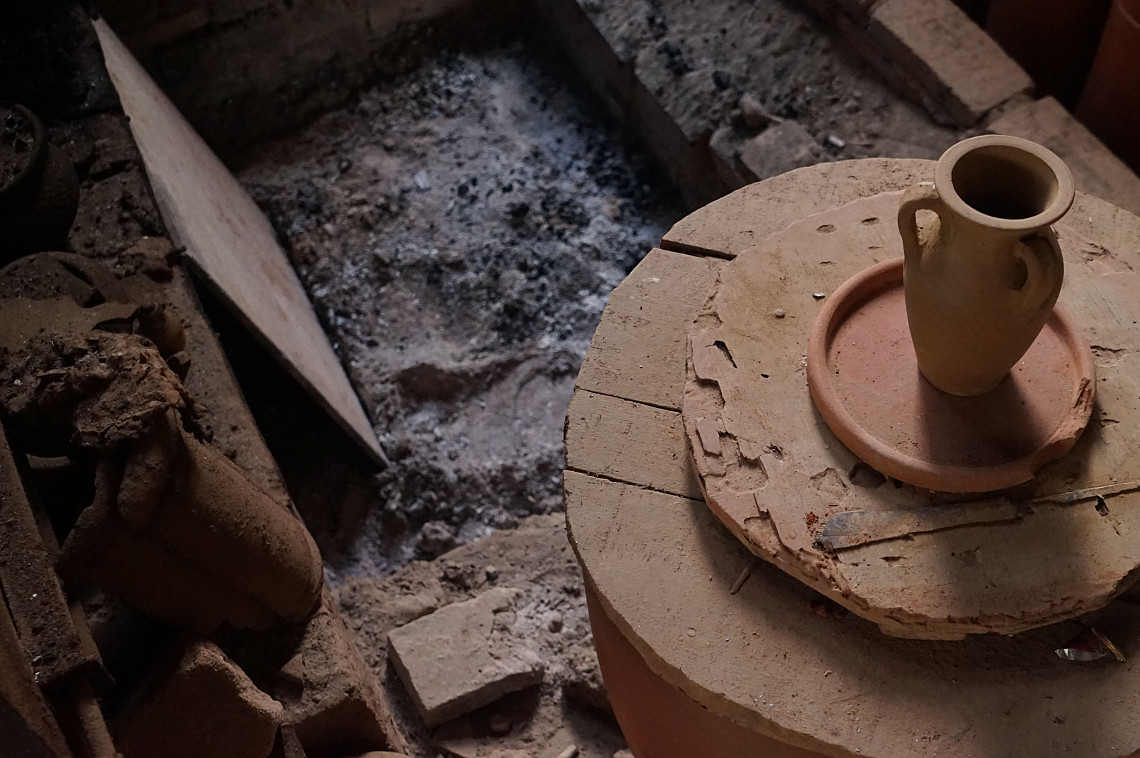
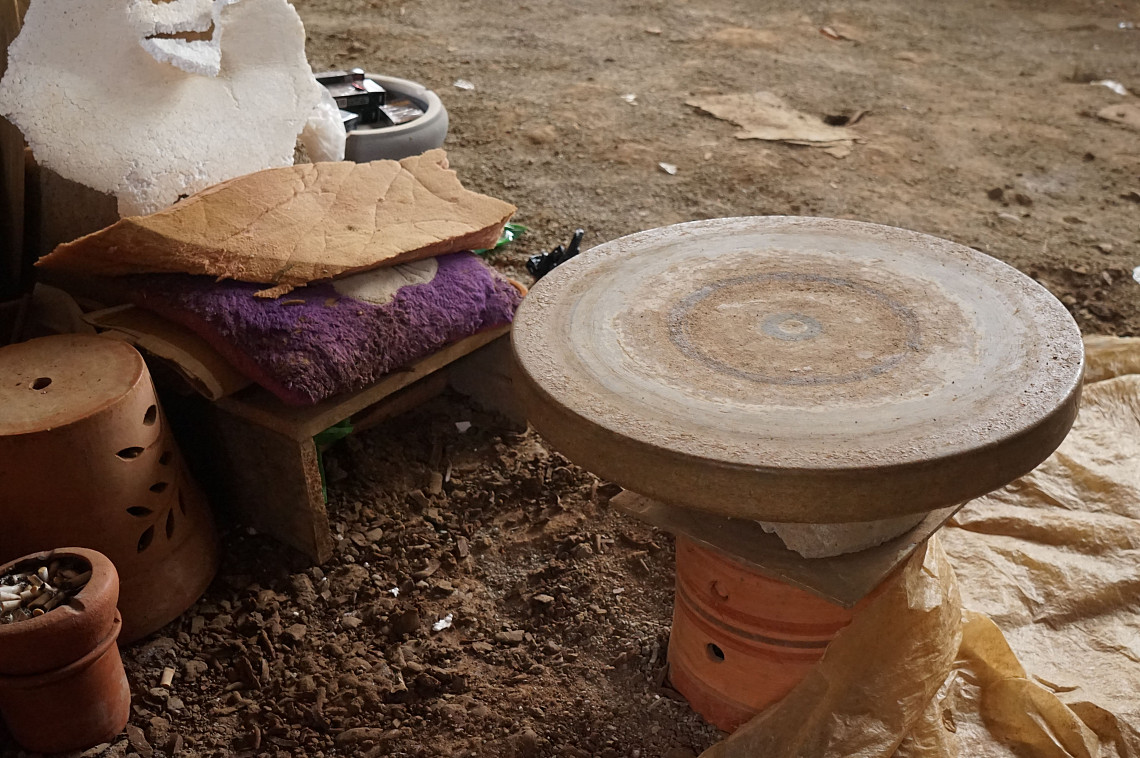

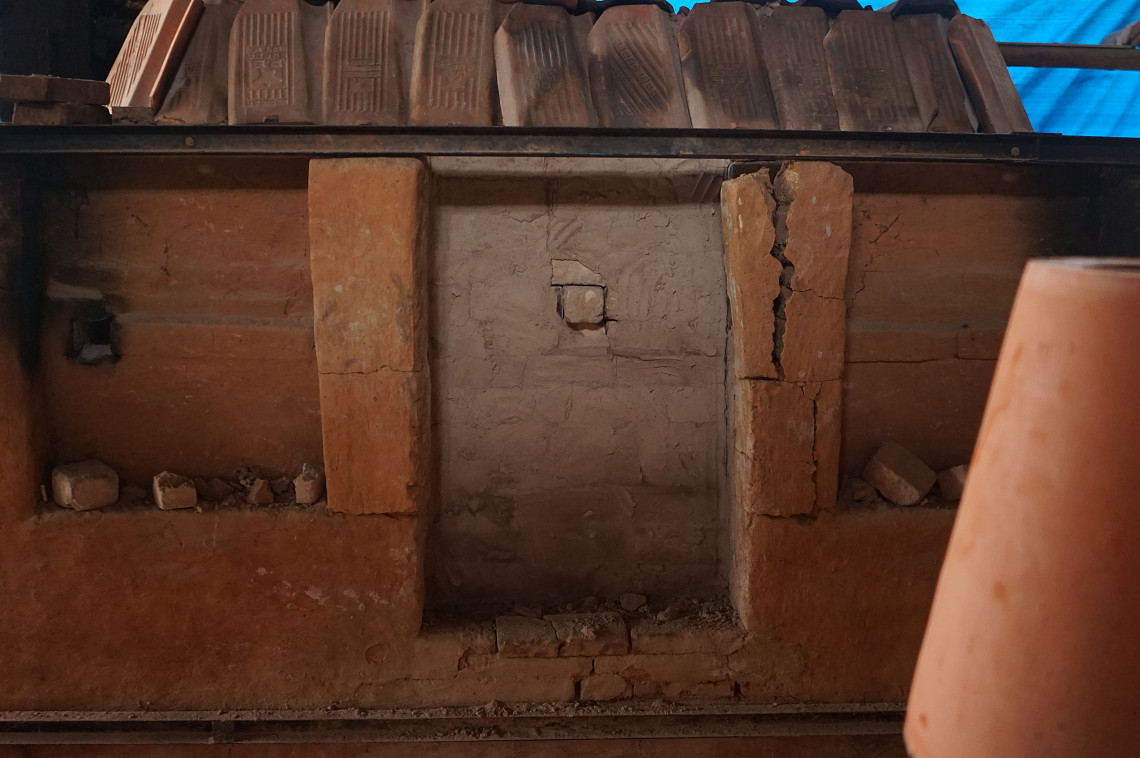
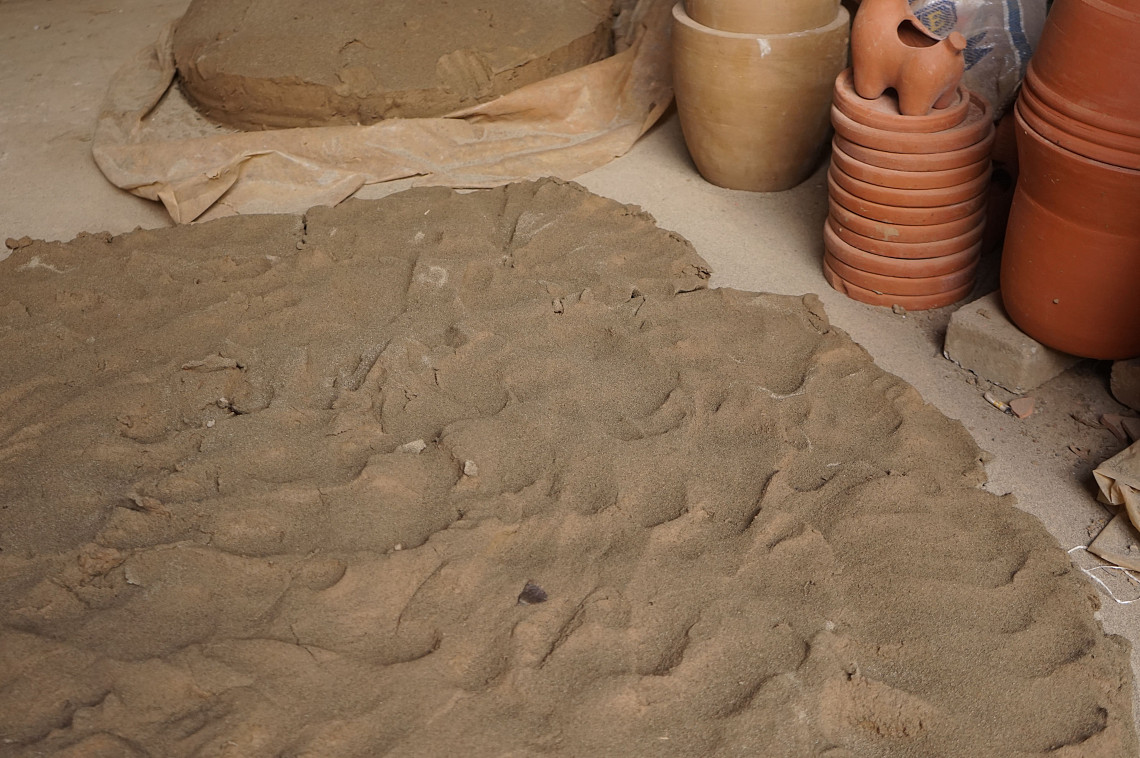
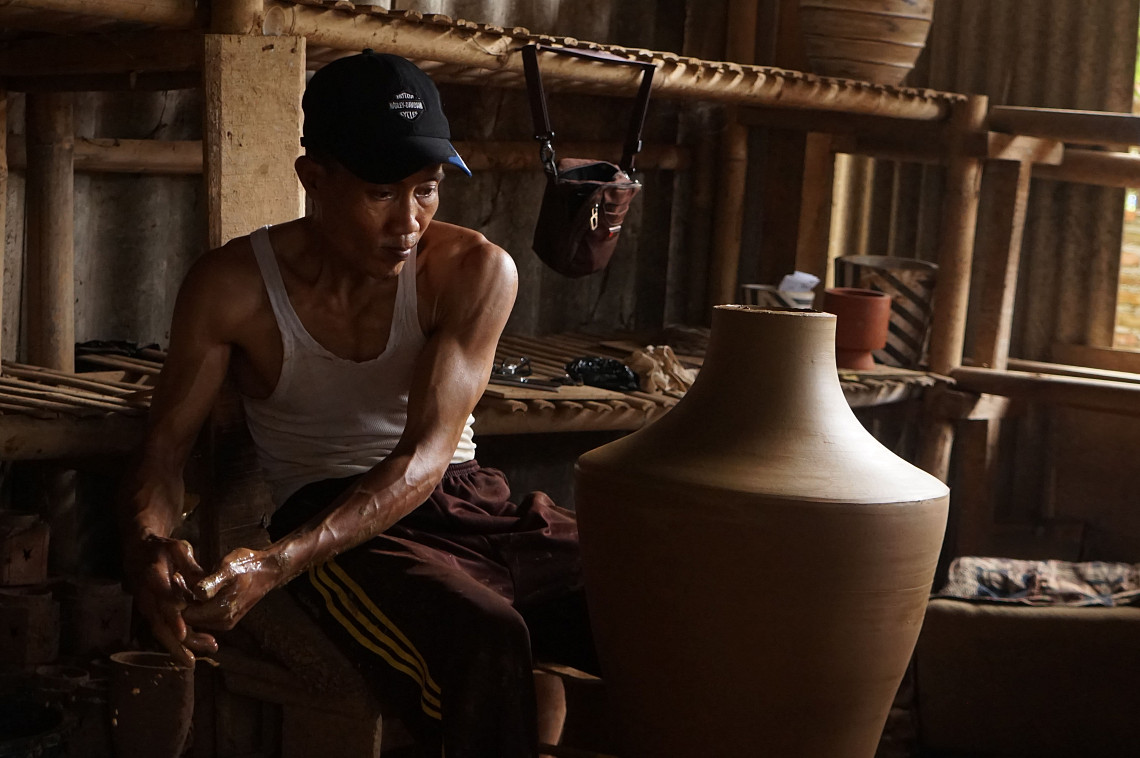
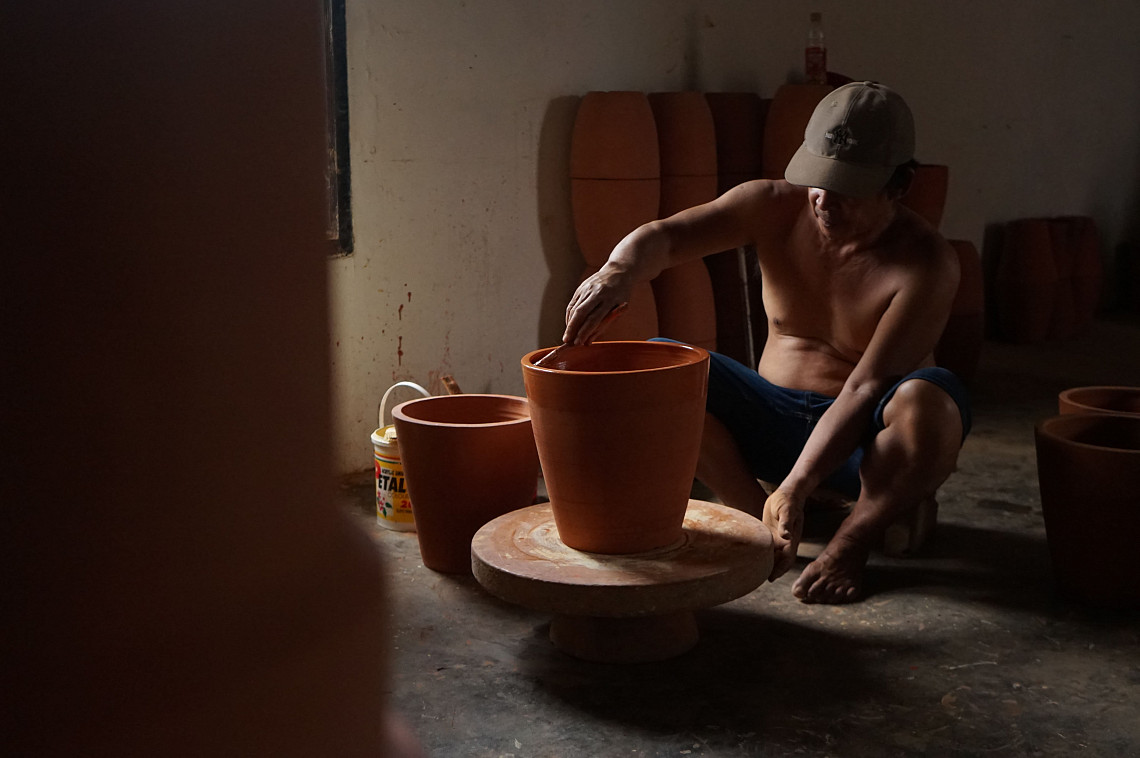
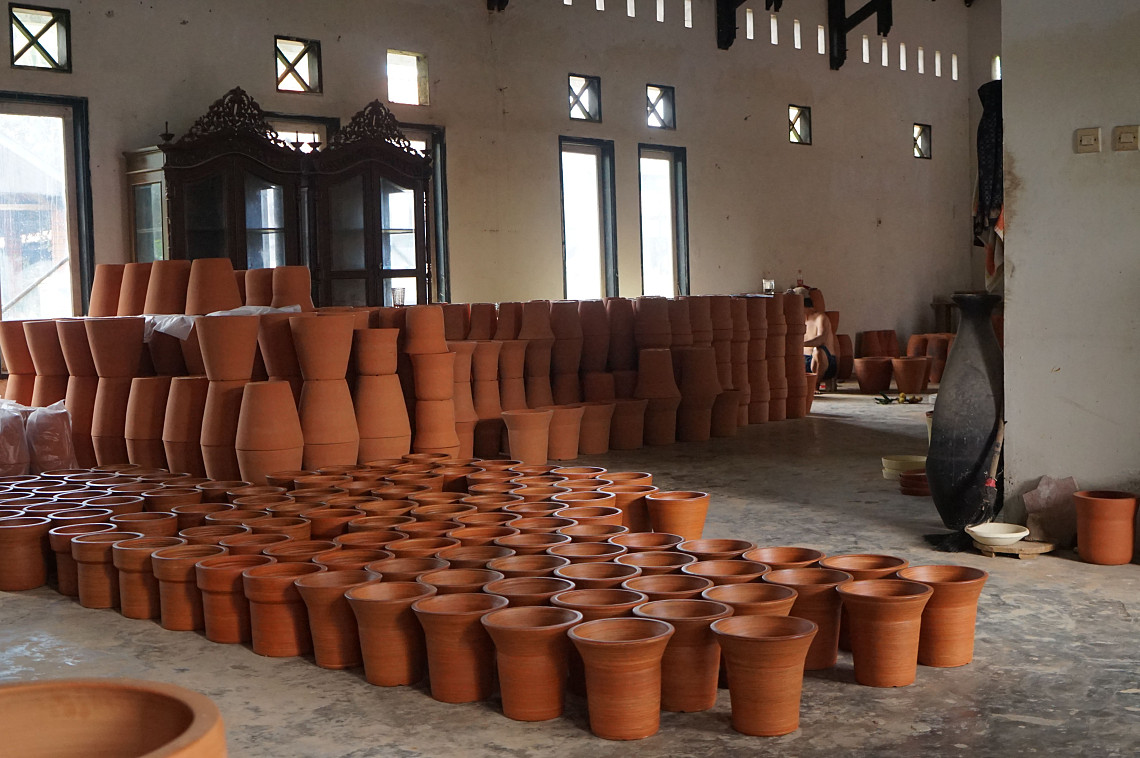
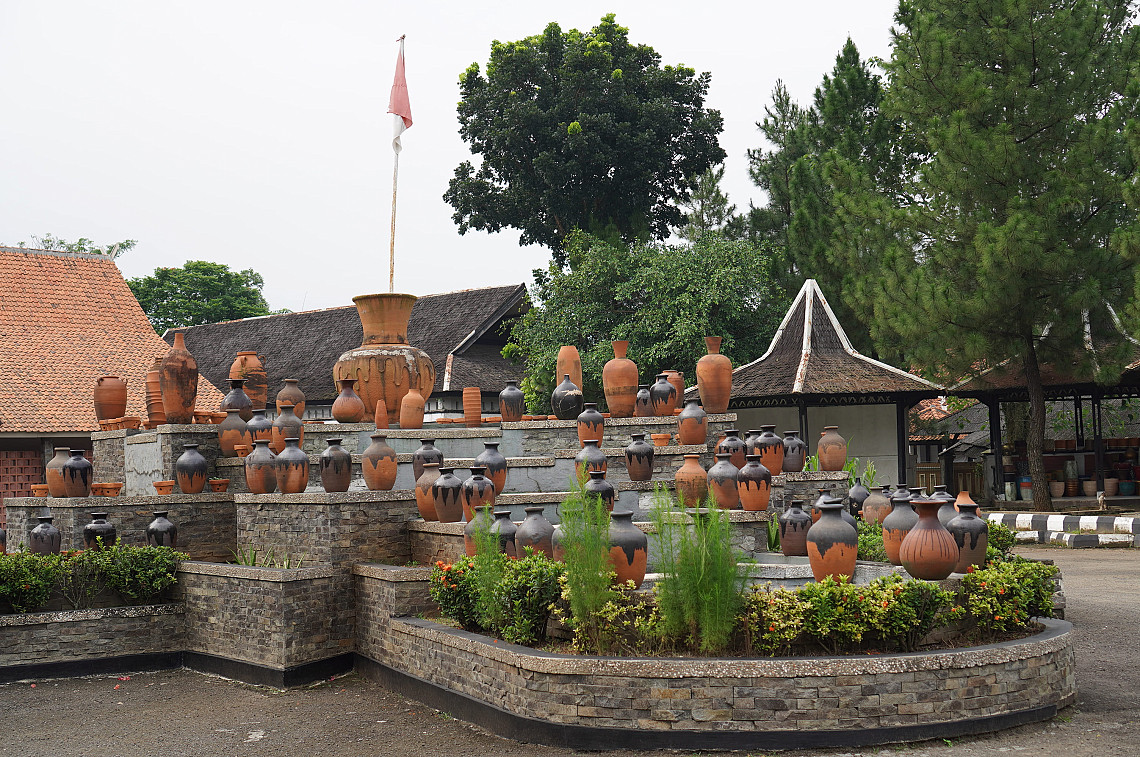
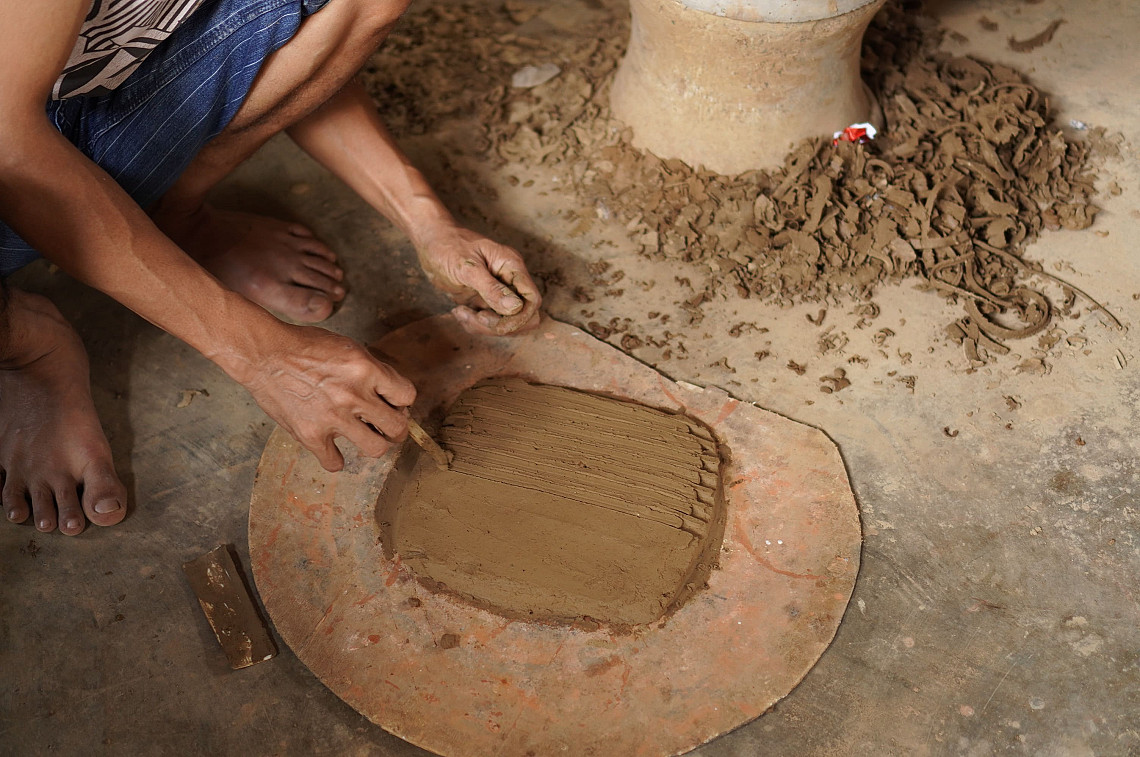

Name: Mumun, Jajang, Pentri, Asep, Jujun
Location: Anjun, Plered District, Purwakarta Regency
Specialist materials: Pottery
Products: Pottery, Homeware
Links: http://uptdkeramik.purwakartakab.go.id/#/about-us
The Plered ceramics center, specifically the Technical Implementation Unit (UPT) is managed by the local government along with the community, with Ibu Mumun Maemunah as the head of the committee. This UPT has three fields in developing the ceramic industry in Plered. Pak Oni handles raw materials processing, While Pak Sofyan Solihin is in charge on the production side. Meanwhile, community development of the Joint Business Group (KUB) is handled by Citra99. The UPT acts as a distributor of handicrafts from producers to consumers.
There are three types of products supported by UPT: 'traditional,' 'decorated,' and 'construction' products. The 'traditional' products focus on conserving the production of ancient potteries with preserved techniques, while the 'ornament' type is aimed at making ceramic designs that are up to date with customers' current demands. The type of 'construction' leads to an applicative design. In some cases, this type adapts the concept of recycling. For instance, failed or broken ceramics are reused as raw materials (red cement/gravel) to be printed and made into new products.
Plered is currently experiencing difficulties obtaining raw materials while keeping with the increasing market demand. Raw materials are sourced from locations outside Plered, such as Sukabumi, Purwakarta, Pesawahan, and Darangdan. According to Pak Jujun, one of the administrative staff of the UPT ceramics center training, most of the residents live in mountainous areas. In contrast, raw clay materials are available in the lower terrain, which often becomes a problem regarding the cost of raw materials shipping. To get good quality clay, a fertile layer of soil needs to be available, which also functions as a rice field.
The soil layer is excavated using traditional techniques by firstly taking the fertile layer, then taking the clay part underneath. The soil used is not pure clay but a mixture of existing soil selected after product trials. "Because the top layer of soil has been used up, the processed soil ('citekoh') is mixed. There are different layers," said Pentri, one of the workers at the ceramics center. This soil mixture results from raw materials and other factors during the product trials process. The product waste that did not pass the trial or leftovers from the production can be reprocessed into red cement, which is used as raw material for other products.